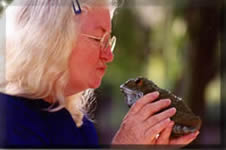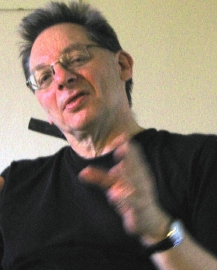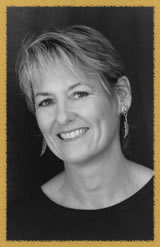Margot Leitman, Grand Slam winner at The Moth — see her winning performance above — got started in oral-pertormance storytelling because she was bored with standup comedy, she said in her session at Reinvention Summit 2.
She started by just telling one story, but discovered the reception to her work was so much better with story than it had been with standup.
Explaining the distinction between standup and storytelling, Margot noted that stories don’t have a setup or a punchline. Standup can be story like when it’s autobiographical (e.g., Kathy Griffin), but not so much when it’s observational (Jerry Seinfeld). With storytelling, you’re bound to the truth, Margot said, while that may not be the case with standup. “Audience knows when you’re lying,” she said.
Here are 11 tips Margot offered for finding and delivering stories as part of presentations and other activities:
- Everyone has up to 6 insane moments in their lives, but what it takes to be a good storyteller is to tell about an everyday moment.
- To find a story in the mundane, you have to care about what you’re telling the story about. It’s best if you feel passionate no matter how mundane the story.
- Having a strong negative reaction to something can be very funny.
- To be conversational instead of seeming like you’re performing, tell the story as though your are telling to close friend. (Here, attendee Tyler added: “Audiences love conversational storytelling. And it’s harder to do than most people would think, mostly because it’s very intimate.”)
- Start your story with “so,” so you’re mid-conversation.
- Start with a script, but gravitate to bullet points (and then, of course, no notes at all).
- Avoid too much exposition. Story is one incident, not a list.
- In your story, show what’s at stake.
- Know that “yourself” is enough.
- If something about you, say an aspect of your appearance (e.g., cast on arm or leg), might distract your audience from your story, name it, own it, get it out of the way.
- The only person whose story you have the right to tell is your own. “Tell stories with a clear conscience,” Margot said. “You can’t tell a story about what a [jerk] someone is.”


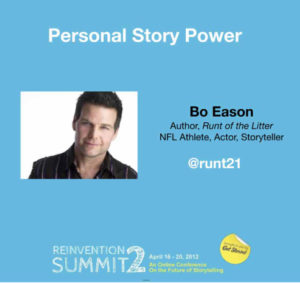


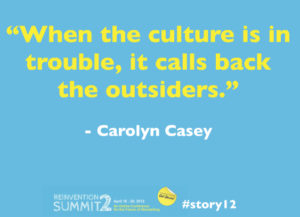

 Want to find your inner superhero? Bo Eason, former NFL player, Broadway star will teach you how to be more confident with your personal story mojo.
Want to find your inner superhero? Bo Eason, former NFL player, Broadway star will teach you how to be more confident with your personal story mojo.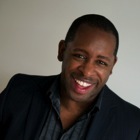 How do you turn adversity into an ally? Khalil Ashanti, performer, actor, Cirque de Soleil will reveal how tell the story of struggle from a place of self-empowerment.
How do you turn adversity into an ally? Khalil Ashanti, performer, actor, Cirque de Soleil will reveal how tell the story of struggle from a place of self-empowerment. Want to decode the culture? Robert Richman of Zappos, Dan Mezick, author of Culture Game, will breakdown narrative secrets to corporate culture change.
Want to decode the culture? Robert Richman of Zappos, Dan Mezick, author of Culture Game, will breakdown narrative secrets to corporate culture change.

